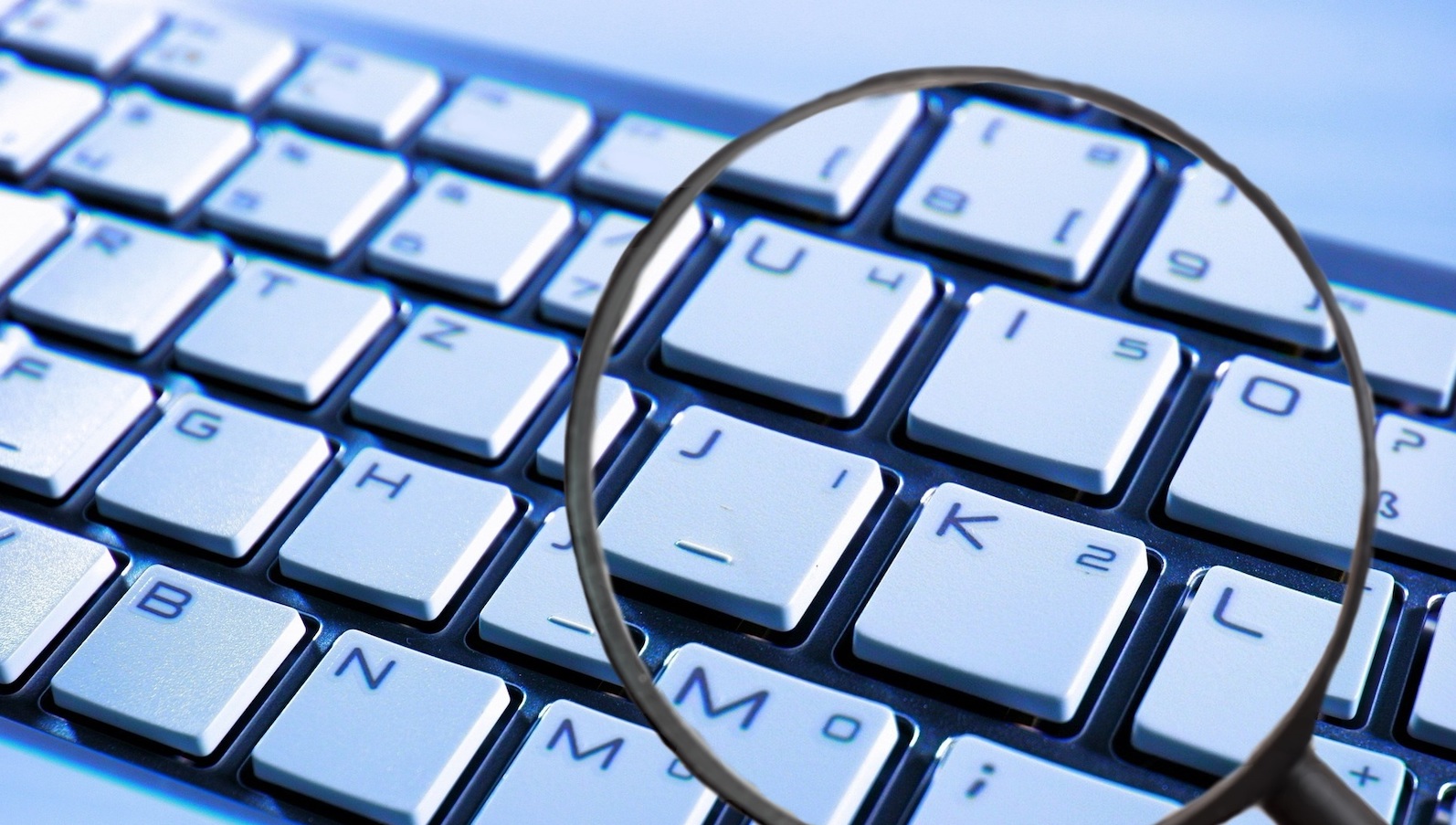
Mail theft: How to protect yourself from theft of checks, credit cards, personal information
It's frightening how many important items are sent through the mail with almost no security.

We’re all familiar with credit card and debit card fraud. It usually occurs after our account has been hacked or our information has been stolen from somewhere we shopped. In multiple recent cases, however, employees of the U.S. Postal Service have been accused of stealing credit cards that were supposed to be delivered to people’s homes.
In Michigan, the USPS on July 12 said three USPS employees pleaded guilty to conspiracy to steal mail and at least one gave a non-employee keys used to open blue USPS mailboxes. The 3½-year investigation by USPS’s Office of Inspector General found they gave a non-employee credit cards, debit cards with unemployment benefits and documents containing personal information. The arrangement? Stolen mail in exchange for money. The non-employee co-conspirator was charged, sentenced to prison and ordered to pay more than $740,000 in restitution.
This unfortunately was not an isolated case. A few others:
In February, a mail carrier in Alabama was sentenced to 18 months in prison after he pleaded guilty in November to theft of mail and receipt of stolen mail. He was accused earlier last year of stealing checks headed for customers on his route and selling them on the dark web. The checks added up to more than $40,000.
And in New York and Virginia, the USPS in recent months has announced multiple cases of mail carriers working with crime rings to steal hundreds of credit cards and other information. One big case involved $1.3 million in fraud.
So now we have one more thing to worry about. But there are actions we can take to protect ourselves. The big one, which is so easy:
Sign up for Informed Delivery through the Postal Service so you can get an email alert every morning — with actual photos of the envelopes, who it’s addressed to, the sender, the handwriting, etc. It’s free and it works.
With Informed Delivery, you know what mail you are supposed to receive on any given day. It’s easy-peasy to sign up. You just need an email address and cellphone that can receive a text message to confirm your request, along with your name and address. No other information is requested. It honestly takes less than two minutes. The service rolled out nationwide in 2017. As with most important websites, you shouldn’t just search for “Informed Delivery.” You could end up on an imposter website. The full URL through the USPS is https://www.usps.com/manage/informed-delivery.htm
Every now and then, you may not get a particular piece of mail on the exact day you’re told to expect it. If you don’t get it by the next day, you should investigate.
Other tips to protect yourself mail theft involving a mail carrier, a random thief or items you drop in the mail yourself:
- Pay attention to your emails and texts from your banks, credit card issuers and others about important items being mailed to you.
- Sign up for email or text alerts with your banks, card issuers, investment firms, insurance companies, etc., so you can get notified quickly about new transactions, withdrawals, insurance claims, etc., in case someone has stolen a credit card or insurance card.
- Install a locking mailbox to deter thieves. They’re not impossible to breach, but bad guys usually want to grab and go quickly.
- Don’t drop mail in blue Postal Service collection mailboxes, especially not after the last collection time, even at the Post office. Take the mail inside instead.
- Don’t put outgoing mail in your mailbox and put the flag up.
- Use your bank’s free billpay service to send checks to pay your bills to those entities that don’t accept electronic payments. These checks are more difficult to forge and they’re sure not being dropped in blue collection mailboxes.
- Get a secondary checking account so you’re not spraying your primary account number all over. This is the account you can use to make checks out to your home contractor, your dentist and the new graduate, and that you can use for any P2P accounts such as PayPal, Venmo or CashApp. You shouldn’t keep much money in this secondary account. That protects your primary account for direct deposit and electronic payments of your important bills. There is no shortage of deposit banks that have free, no strings checking accounts.
- Report suspected mail losses to Postal Inspectors by calling 877-876-2455 or at www.uspis.gov.

22 ways to protect yourself from fraud, identity theft and headaches
Topics
Authors
Teresa Murray
Consumer Watchdog, U.S. PIRG Education Fund
Teresa directs the Consumer Watchdog office, which looks out for consumers’ health, safety and financial security. Previously, she worked as a journalist covering consumer issues and personal finance for two decades for Ohio’s largest daily newspaper. She received dozens of state and national journalism awards, including Best Columnist in Ohio, a National Headliner Award for coverage of the 2008-09 financial crisis, and a journalism public service award for exposing improper billing practices by Verizon that affected 15 million customers nationwide. Teresa and her husband live in Greater Cleveland and have two sons. She enjoys biking, house projects and music, and serves on her church missions team and stewardship board.
Find Out More

Food for Thought 2024

Safe At Home in 2024?

5 steps you can take to protect your privacy now
